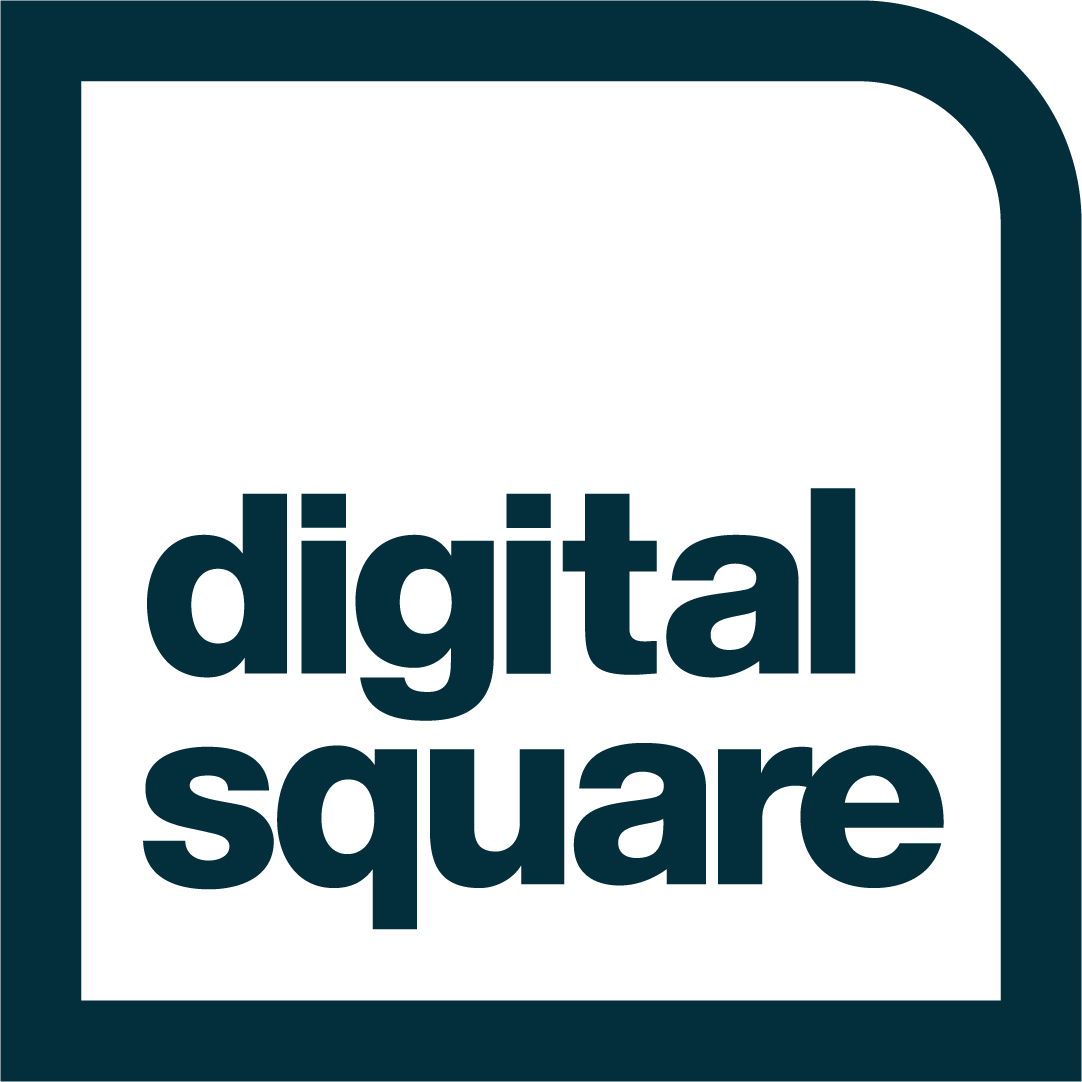Ministries of Health in Asia have, to some extent, established patient-level indicator reporting systems, albeit fragmented, over the years. This Policy and Artifact Generator Tool consolidates the knowledge base from various frameworks, collects current architectural picture of the country, and creates policies and artifacts which countries can use to establish the foundations for interoperable digital health systems.
Since its launch in 2011, the Asia eHealth Information Network, as a community of eHealth advocates in the public sector, has seen the growth of electronic health information systems among its member countries. Due to the decreased costs of connectivity and technology, these systems have easily propagated. Yet information fragmentation persists. Despite the availability of patient-level indicator reporting systems, many Ministries of Health still grapple with interoperability, accuracy, completeness, timeliness, and availability of data for decision-making.
Globally, various efforts have emerged that try to help countries with their national eHealth program. The WHO-ITU National eHealth Strategy Toolkit helped countries understand the major components of an eHealth program and how to craft a strategy. Other partners like DIAL, Broadband Commission, OpenHIE, etc have also created their own artifacts that aim to make it easy for developing countries to establish robust health information systems at a national scale. Yet despite these frameworks, countries remain challenged with integrating data from patient-level indicator reporting systems for decision-making.
Recognizing this, AeHIN members are collaborating to create an easy to use tool that guides countries in the development of local policies and artifacts which they will need to build their foundations.
The software tool guides policymaker and technologists through a workflow from governance to architecture to program management to standards.
The output will be country-specific policies and artifacts which the MOH can distribute to its stakeholders especially those maintaining patient-level indicator reporting systems. With the policies and artifacts, the stakeholders will now have an understanding of what the government requires, and how they can contribute to the national eHealth program.
<name of country>
<Governance>
<national eHealth focal point/name/address>
<name of strategic level eHealth governance structure>
<name of leader/designation>
<name of member/designation>*
<name of tactical level eHealth governance structure>
<name of leader/designation>
<name of member/designation>*
<Architecture>
<name of architecture>
<name of client registry>
<name of client registry focal point>
<name of client registry>
<name of client registry focal point>
<name of client registry>
<name of client registry focal point>
<name of client registry>
<name of client registry focal point>
<Digital Health Atlas entry ID>
<name of provider registry>
<name of provider registry focal point>
<Digital Health Atlas entry ID>
<name of facility registry>
<name of facility registry focal point>
<Digital Health Atlas entry ID>
<name of terminology service>
<name of terminology service focal point>
<Digital Health Atlas entry ID>
<name of terminology service>
<name of terminology service focal point>
<Digital Health Atlas entry ID>
<name of interoperability layer>
<name of interoperability layer focal point>
<Digital Health Atlas entry ID>
<name of shared health record>
<name of shared health record focal point>
<Digital Health Atlas entry ID>
<name of health management information system>
<name of health management information system focal point>
<Digital Health Atlas entry ID>
<name of patient-level indicator reporting system>*
<name of patient-level indicator reporting system>
<Digital Health Atlas entry ID>
World Health Organization
Digital Impact Alliance (tbc)
OpenHIE (tbc)
Health Data Collaborative (tbc)
ITU (tbc)
ISACA (tbc)
N/A
n.a.


Comments
Concept note not addressing focus area of the call
Hi Team,
The concept note isn't talking about how it is addressing the call for the Patient-level Indicator Reporting and seems to be looking to support the meeting. This call for applications is themed to address a particular area (Patient-level Indicator Reporting).
Can you please unpack and or realign the concept to talk to this.
Will align to patient-level indicator reporting
Working on this over weekend --